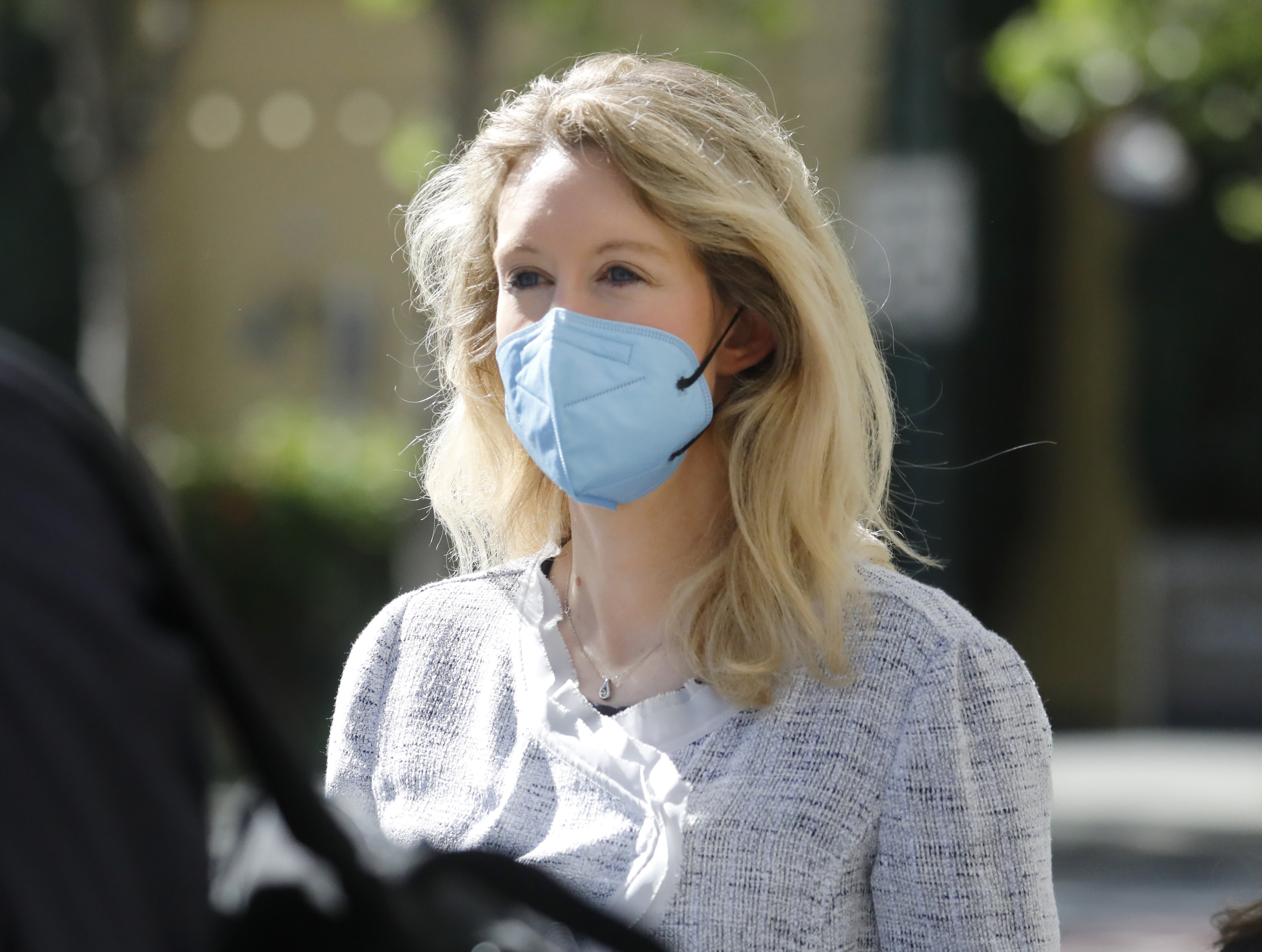An Arizona dentist about to leave the country for two years of missionary work in 2015 had to be tested four times for prostate cancer after his doctor directed that he have his blood drawn at a Theranos site in a Walgreens store.
Testifying Thursday in the criminal fraud trial of Elizabeth Holmes, founder and CEO of the now-defunct blood-testing company Theranos, Arizona doctor Mark Burnes said that he sent his patient, a dentist named Mehrl Ellsworth, to the Walgreens down the street because the test required for the trip was not covered by insurance and the Theranos method would be cheaper than conventional labs.
But cheaper turned out not to be better.
Get a weekly recap of the latest San Francisco Bay Area housing news. Sign up for NBC Bay Area’s Housing Deconstructed newsletter.
The first Theranos result showed an unusually high prostate-antigen level of 26.1. Anything over a value of 4 may be cause for concern, Burnes said, although the increase in a patient's numbers from year to year is a better metric.
Burnes ordered a second test, also administered by Theranos, which came back at a more normal level of 1.71. But a third Theranos test, run after Dr. Burnes talked to Theranos's regional lab director to try to resolve the conflicting results, came back at 22.8. At that point, Burnes testified, he told Theranos he wanted the screening done using a traditional venous draw, not the fingerstick method used in the first three tests and touted by Theranos as a revolutionary blood-testing option.
The fourth test, with a value of 0.95, left Burnes "more reassured" about his patient's health.
He testified that he believed the first and third tests were due to Theranos lab errors, a suspicion that was confirmed in spring of 2016 when he received a notice from Theranos voiding those two results.
Holmes is charged with 12 counts of wire fraud based on allegedly false and misleading statements made to investors, doctors and patients about the now-defunct company's blood-testing technology.
Filling in some evidentiary gaps as the prosecution case winds down, Assistant U.S. Attorney Jeffrey Schenk highlighted the fact that Ellsworth's test results were faxed from Theranos to Burnes' office in Arizona.
The transmission of laboratory blood results for "patient M.E." is the basis for one of the wire fraud counts in the indictment, each of which requires some form of interstate wire communication.
Cross-examining Burnes, Holmes' defense attorney Katherine Trefz asked if the "650" area code listed for Theranos's fax number meant that the fax originated in Arizona, leaving the Northern Californians in the courtroom audience scratching their heads since 650 is an area code on the Peninsula.
When Trefz asked Burnes whether errors could occur in any clinical lab, Burnes said such errors were "very rare."
Trying to get at the risks of prostate screening tests, Trefz then asked, "you don't always recommend [the prostate] test for males over 50, do you?" Burnes responded, "yes, I do."
When it was Schenk's turn again, Burnes testified that the main risk from prostate screening was "an inaccurate result."
Another wire fraud count in the indictment was filled in by the testimony of patient Erin Tompkins on Wednesday about a false positive HIV result that she received from Theranos.
On cross-examination Thursday, Trefz showed Tompkins a complex decision tree for HIV test interpretation, asking Tomkins "do you see that?" with respect to each step. Tomkins, who testified that she had no medical training, could only acknowledge that she could, in fact, see the chart.
The rest of the day was devoted to the long-awaited testimony of Roger Parloff, the Fortune magazine writer who did a June 2014 cover article that catapulted Holmes and Theranos into the public eye.
Prosecutor John Bostic walked Parloff through a series of statements by Holmes, which the jury heard either on recordings made by Parloff or saw on documents she sent to him, that could have been a summary of the government's charges.
Holmes told Parloff that Theranos could run "any test available" in conventional labs, that it had over 200 tests up and running using the fingersticks and proprietary analyzers and would soon offer "more than 1000," that the tests provided "the highest level of quality," and that the technology "had been used by the military in Afghanistan."
Holmes also sent Parloff two separate "validation" reports, one with the Pfizer logo and another supposedly from Schering-Plough, that earlier witnesses have testified were created by Theranos and never endorsed by these companies.
The tapes reflect a puzzled Parloff trying to understand why, with so many tests supposedly available using a fingerstick, many patients getting Theranos tests at Walgreens were having blood drawn venously.
Holmes, in one of many elaborate explanations heard on the recordings, said that even though all patient blood tests were analyzed on the Theranos devices, venous draws were sometimes necessary "to handle volume," because of "the capacity that we have within those systems within any given point in time."
The trial will continue on Friday.



